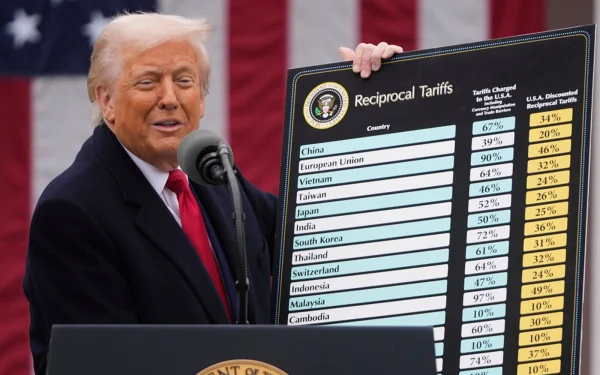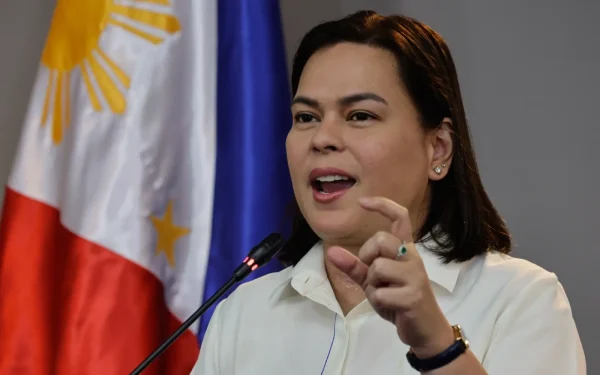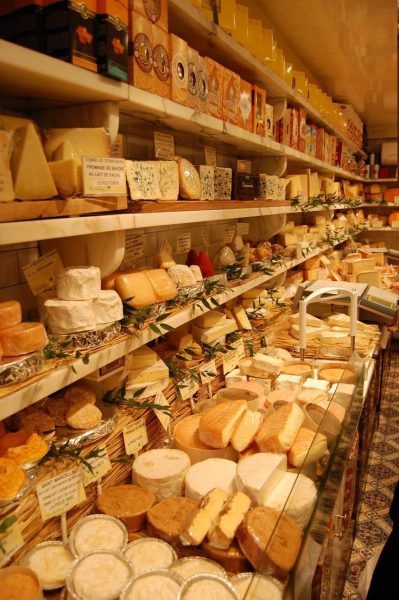A Sensational Super Tuesday
As we near election day on November 8th, the candidates push harder than ever before to win supporters across the nation. Several candidates have already been left in the dust of their more popular rivals, including Jeb Bush, Chris Christie, and Ben Carson. Donald Trump is currently leading as the Republican candidate, and Hillary Clinton has taken the lead in the Democratic race. Republican candidates Marco Rubio, Ted Cruz, and John Kasich are fighting to knock Trump off of the podium, while Bernie Sanders struggles to keep up with Democrat frontrunner Clinton. The pool will continue to shrink until there is one nominee from each party.
On March 1st, also known as Super Tuesday, several states voted for their favored Republican and Democrat candidates to give the campaigns an idea of their stance in the political race. Among the caucus states were Alabama, Arkansas, Georgia, Massachusetts, Oklahoma, Tennessee, Texas, Alaska, Colorado, Minnesota, Virginia and Vermont.
Trump had an impressive day, winning seven states in the Republican race. “Recent articles came out talking about how great a company we built, and now we want to put that same ability into doing something for our nation. Our nation is in serious trouble,” Trump said in a speech the night of his Super Tuesday victories. According to NPR, many American citizens share this same disappointment in the leadership of their nation. In the exit poll at the Super Tuesday caucuses, “between 84 and 95 percent of Republicans said they were ‘dissatisfied’ or ‘angry’ with the federal government.” These are the voters that Trump targets with his “Make America Great Again” slogan and angry speeches, and his results indicate that these tactics to win supporters have been successful.
Cruz won his home state of Texas, an expected win for the Texas senator, as well as Oklahoma and Alaska. He celebrated these wins Tuesday night, commenting, “Tonight, this campaign enters a new phase. We began with 17 republican candidates. Through the first four states, the race narrowed considerably. Tonight was another decision point, and the voters have spoken… And after tonight, we have seen that our campaign is the only campaign that has beaten, that can beat, and that will beat Donald Trump!”
Rubio only managed to achieve one win in the state of Minnesota, but he has not lost hope for his presidential campaign. Colorado did not cast votes for the Republican party.
As for the Democrats, Hillary Clinton emerged as the frontrunner with wins in seven of the eleven states. She is currently leading as the presidential nominee for the Democrats.
However, Bernie Sanders also led the polls in Minnesota, Colorado, Vermont, and Oklahoma. A crowd of energetic Americans with “A Future to Believe In” signs cheered as Sanders claimed, “At the end of tonight, 15 states will have voted, 35 states remain. And let me assure you that we are going to take our fight for economic justice, for social justice, for environmental sanity, for world peace to every one of those states!” Alaska did not cast votes for the Democratic party.
A caucus is when registered members of a political party gather to vote for their favorite candidate, called a preference poll. This information is collected and delivered to the state governments after these meetings, which is how presidential candidates and American citizens know the caucus “winners” for each party in that particular state. However, this does not yet determine the two nominees for the November presidential election. Similar to how the PSAT is a practice test for the real SAT that yields important information on strengths and weaknesses, the caucuses are test-runs for the real election that tell candidates what their chances are of winning. For the weaker contenders, this could mean dropping out of the race.
So what is next for the presidential pursuit? Super Saturday occurs on March 5th. Kentucky, Maine, Nebraska and Kansas will hold their caucuses, and numerous other caucuses and primaries will take place across the nation throughout the next few months. Finally, Americans will choose one candidate from both the Republican party and the Democratic party to battle for the presidency. Election day will take place on November 8th, when the citizens of America will choose their leader for the next four years.





